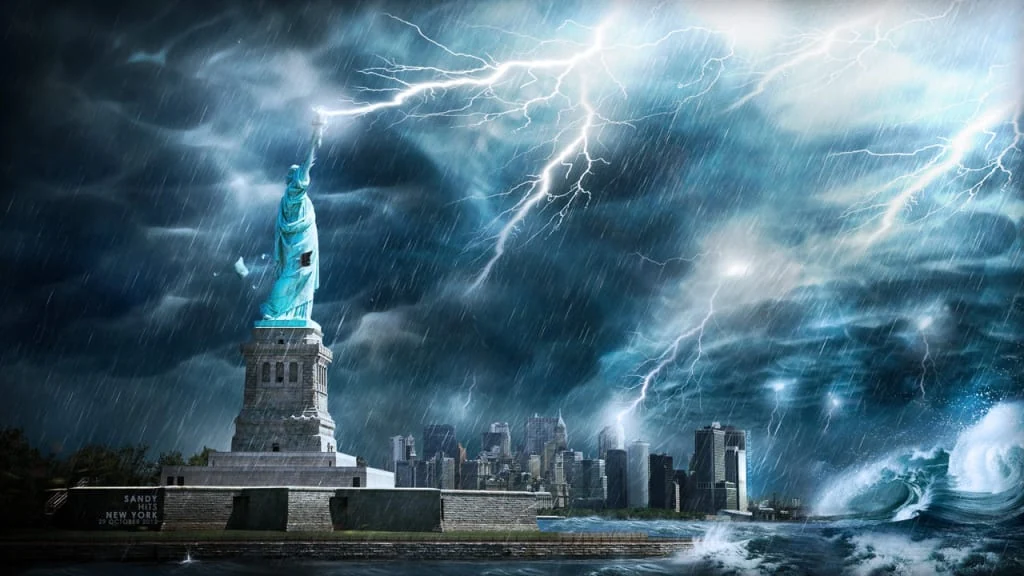
As the dust from the brutal earthquake swarm that began on February 6th this year still hangs in the air, the Turkish province of Gaziantep and Syria are embroiled in the remnants of their shattered lives. A tremor that reached the harrowing intensity of a 7.8 magnitude reverberated through the region, rattling the core of these nations.
But pause and consider for a moment. What if fate had been more unkind? We cast our minds back to March 2011 in Japan, when a cataclysmic 9.1 magnitude earthquake heralded the arrival of a titan of the sea. A monstrous tsunami that claimed over 18,000 souls and drained Japan’s coffers by a staggering $220 billion. The chilling footage of the horror, etched permanently in the memories of those who witnessed it, is a sobering reminder of the savage power of nature. The prophecy of geophysicists looms large over us – the threat of even mightier tsunamis in the not-so-distant future.
Now, take a deep breath and brace yourself, for I am about to guide you through the ominous labyrinth of megatsunamis and how we can rise above these apocalyptic water titans.
As you nestle comfortably on your couch, blissfully ignoring the idea of a tsunami battering your abode, let’s dissect the gruesome anatomy of these killer waves. Grab your digital maps and prepare to dive into the secret world beneath our feet – the cryptic ballet of tectonic plates.
The crust of our planet is a grand stage where enormous platforms of rock play out their eternal dance, shifting at speeds that could reach a few centimeters per year. These movements trigger tremors deep underground, birthing earthquakes in the fault zones where plates either diverge, converge or perform a complex sideways dance. The grim fact is, over the last century, 80% of tsunamis were birthed by these seismic terrors.
In the 2011 Japanese horror, the Pacific Plate slid ominously beneath the Okhotsk Plate, resulting in the catastrophe. Turkey, which has borne the brunt of this year’s quake, stands on a seismic powder keg, the junction of three volatile tectonic plates – the Anatolian, Arabian, and African. The relentless Arabian Plate nudges the Anatolian Plate, on which the larger part of Turkey rests, ever westward.
The wake of the earthquake in Iskenderun, a city in Turkey, left the sea level bloated and ominous videos depict water flowing mercilessly over streets. And I tell you, if the seismic scales had tipped just a bit more that day, Turkey could have been the stage of a catastrophe echoing the 2011 Japanese nightmare or even the gruesome 2004 Indian Ocean disaster.
The 2004 disaster, a monstrous 9.3 magnitude earthquake, holds the chilling title of being one of the three most severe quakes ever witnessed. The unleashed tsunami, the deadliest humanity has ever seen, lasted an excruciating ten minutes. The triggered wave energy dwarfed the total energy of all explosives used in World War II, nuclear bombs included. The waves reached an astonishing 30 meters high – nearly 18 times the height of an average human.
The timing of the disaster, on December 26th, made the toll even more devastating. Not only were the coastal residents of Indonesia, Sri Lanka, southern India, and Thailand affected, but countless tourists enjoying their Christmas break were swallowed by the ravenous sea. The megatsunami stole around 300,000 lives, many of whom vanished without a trace into the ocean depths.
I implore you, look at your city on the tectonic plate map. If you see red dots indicating earthquake potential, do not take this lightly. The risk of a mega tsunami, my dear reader, is no fairy tale. It is terrifyingly real and incredibly high. But, as we educate ourselves and prepare, we stand a chance against the fury of the Earth. Let’s rise, together.





